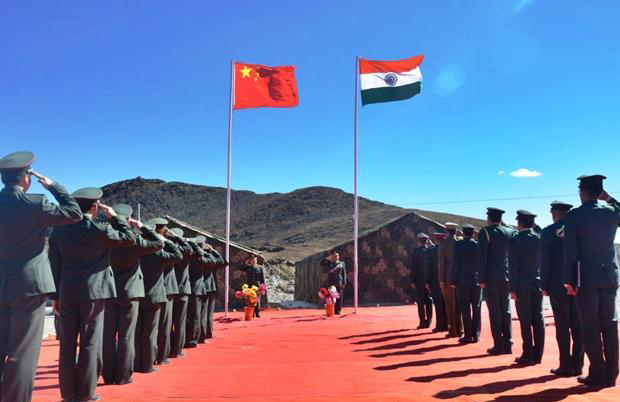New Delhi: Chinese and Indian troops have begun ‘disengagement’ in Galwan Valley and two other areas in eastern Ladakh. The move reflected their willingness to resolve the month-long standoff through talks, military sources said Tuesday. However, there has been no change in the posturing of the troops in areas like Pangong Tso and Daulat Beg Oldie, they said.
There is no official statement on disengagement of troops either from the Defence Ministry or the Ministry of External Affairs. There was no word from the Chinese side as well on the development.
Military sources said both Chinese and Indian Armies withdrew some troops. Both sides removed temporary infrastructure from Galwan and Hot Springs and patrolling area PP-15. The two sides will hold Major-General level talks Wednesday to further ease tensions in the areas, sources said.
Indian and Chinese troops were engaged in a month-long confrontation since May 5 following a violent clash in Pangong Tso. The incident is turning out to be biggest military standoff after the 2017 Doklam episode.
In their first serious efforts to end the row, Lt General Harinder Singh, the general officer commanding of Leh-based 14 Corps, and Commander of the Tibet Military District Maj Gen Liu Lin held an extensive meeting Saturday. However, it could not produce any tangible results.
In a statement, the External Affairs Ministry said Sunday the meeting took place in a ‘cordial and positive atmosphere’. Both sides agreed that an ‘early resolution’ of the issue would contribute to the further development of the relationship between the two countries.
In its comments, the Chinese Foreign Ministry said both the countries have agreed to work to maintain peace along the Line of Actual Control. It said the standoff issue would be resolved through talks.
Saturday’s talks also came a day after the two countries held diplomatic discussions. During the meeting both sides agreed to handle their ‘differences’ through peaceful discussions while respecting each other’s sensitivities and concerns.
After the standoff began in early last month, Indian military leadership decided that troops will adopt a firm approach in dealing with the aggressive posturing by the Chinese troops in all disputed areas of Pangong Tso, Galwan Valley, Demchok and Daulat Beg Oldie.
The Chinese Army has been gradually ramping up its strategic reserves in its rear bases near the the LAC by rushing in artillery guns, infantry combat vehicles and heavy military equipment, the sources said.
PTI
